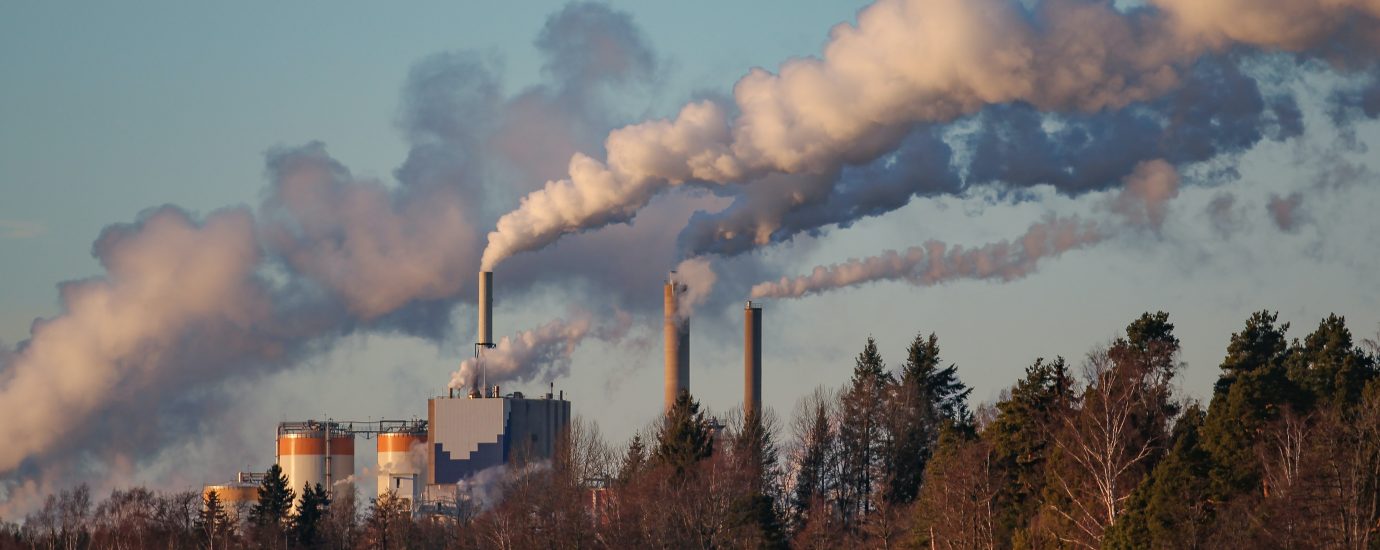
Understand Air Pollution
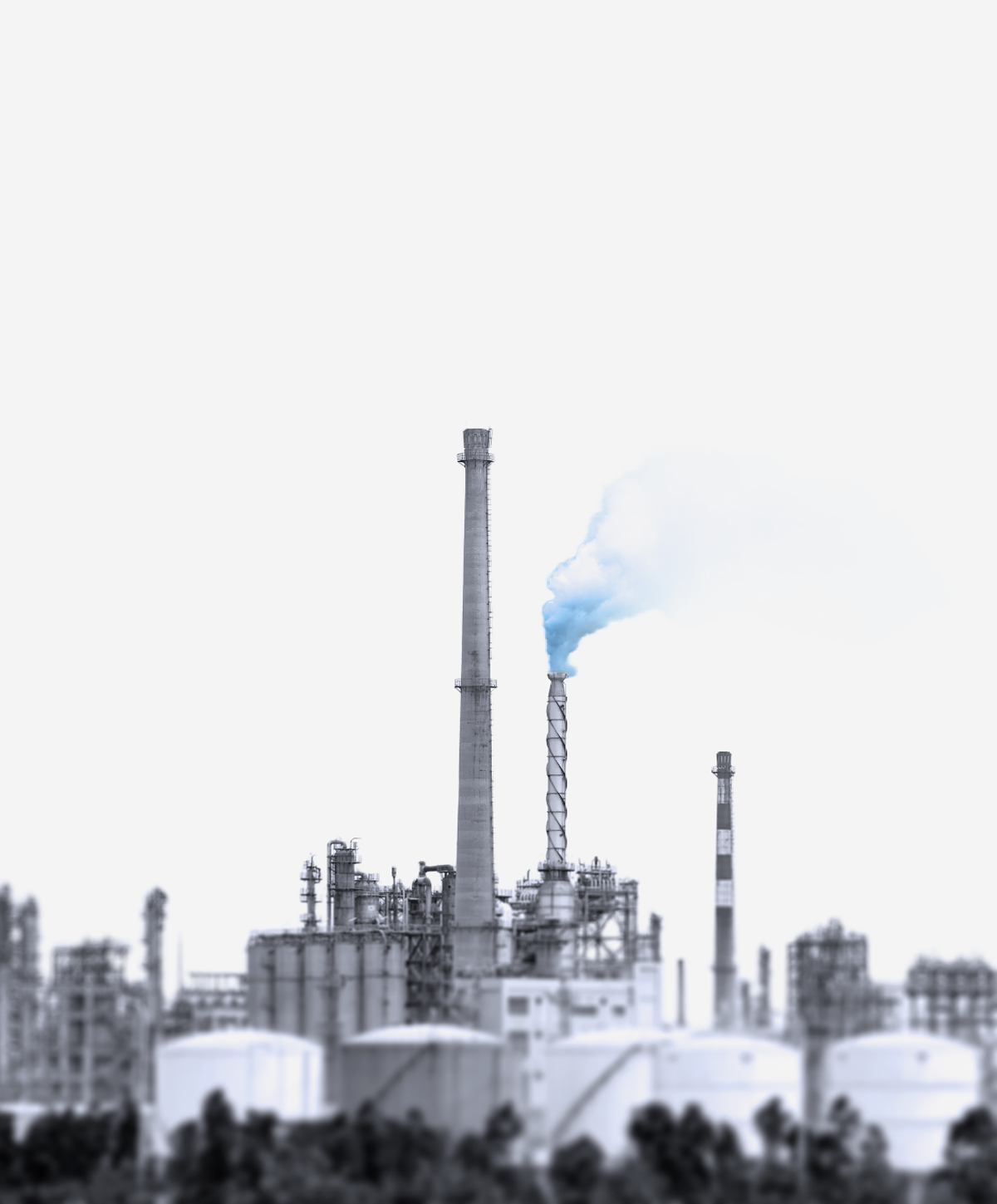
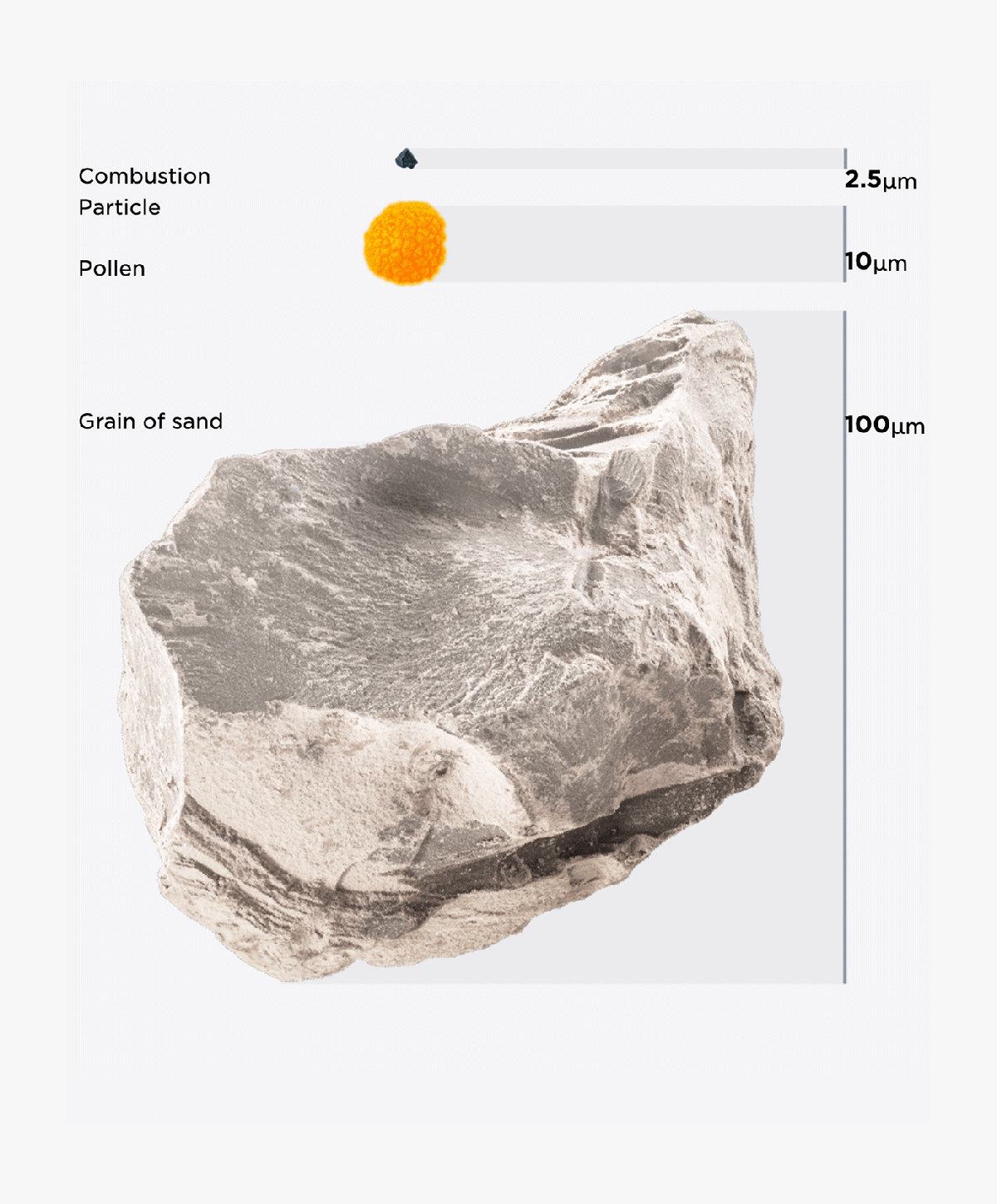
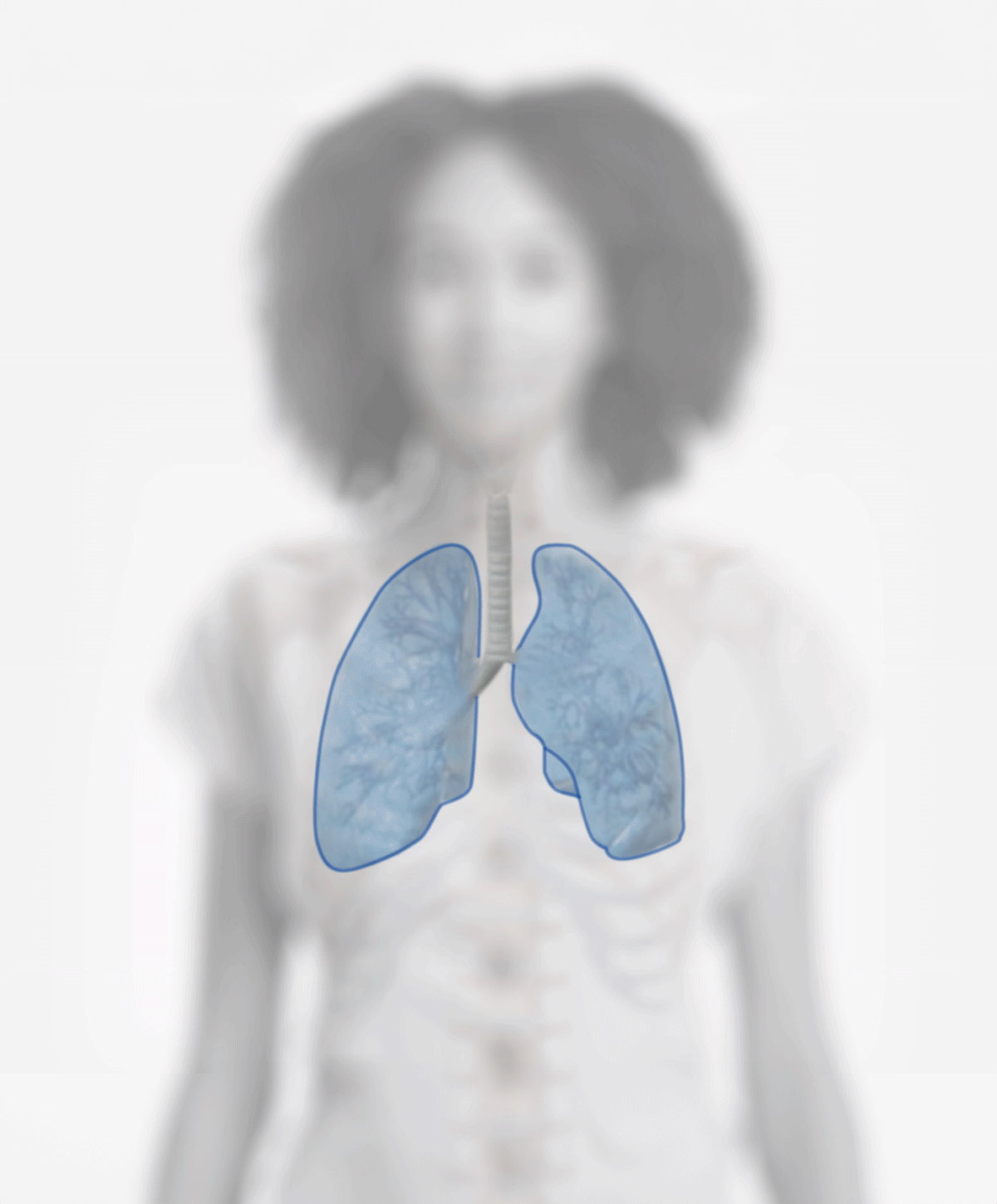
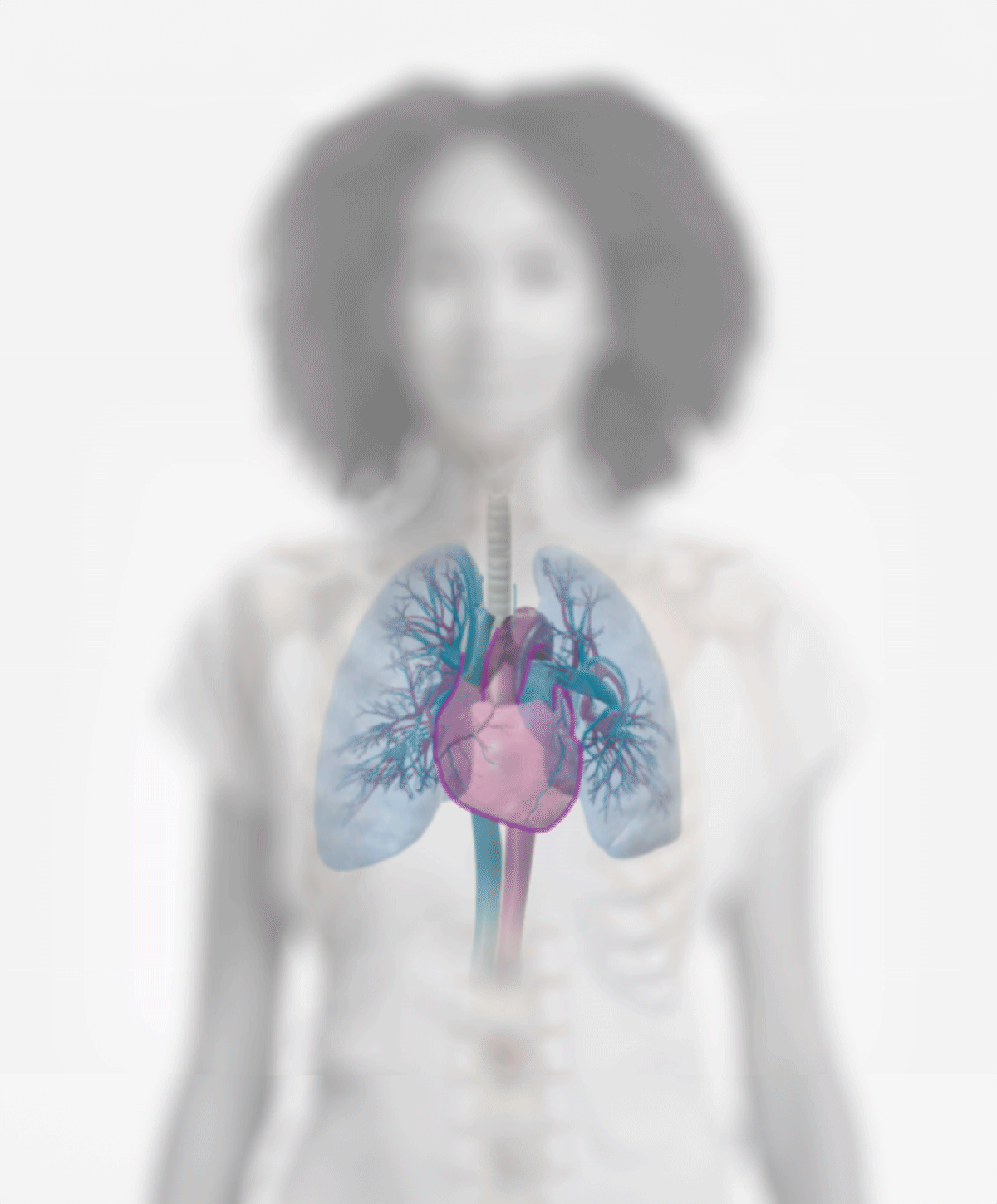
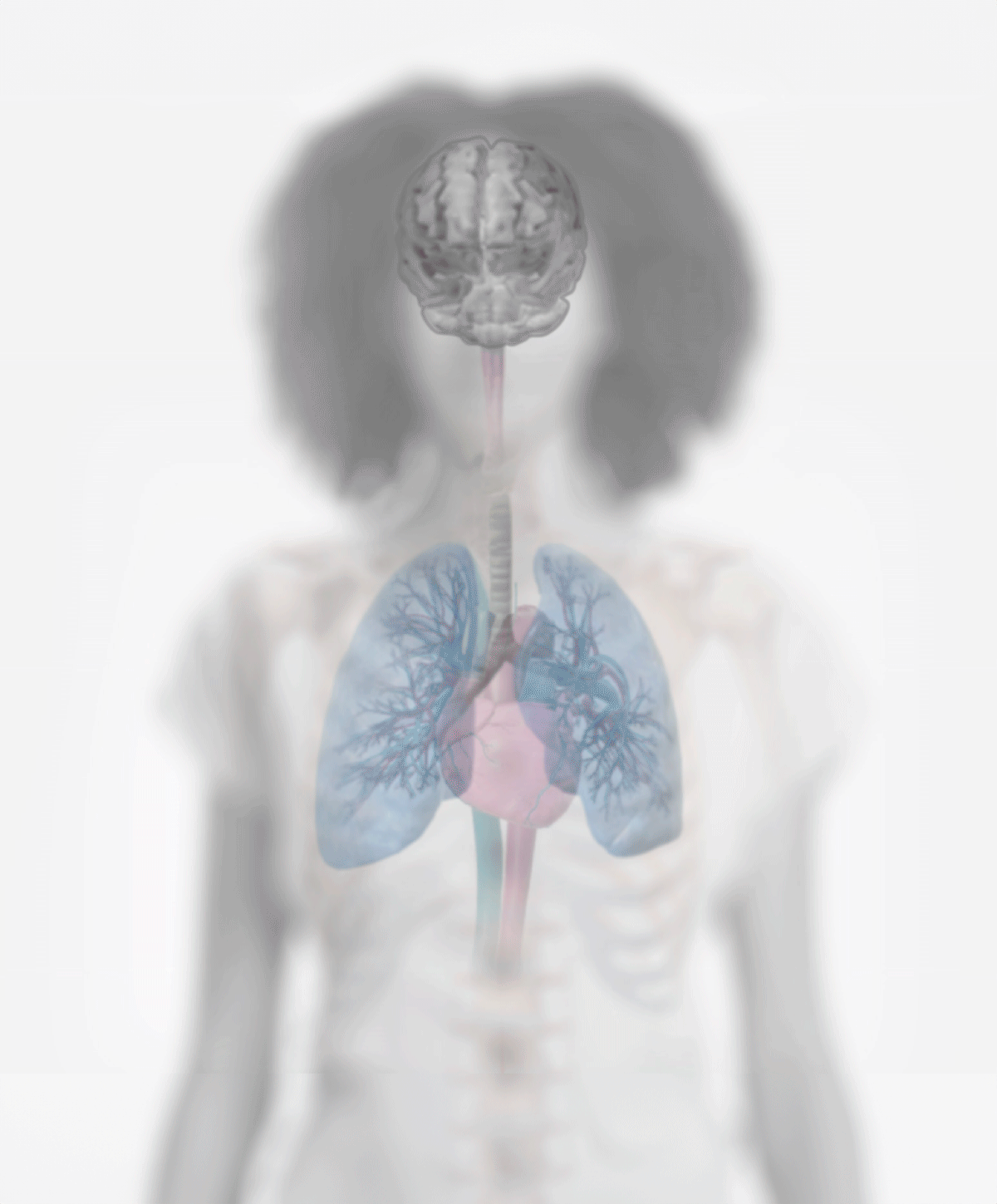
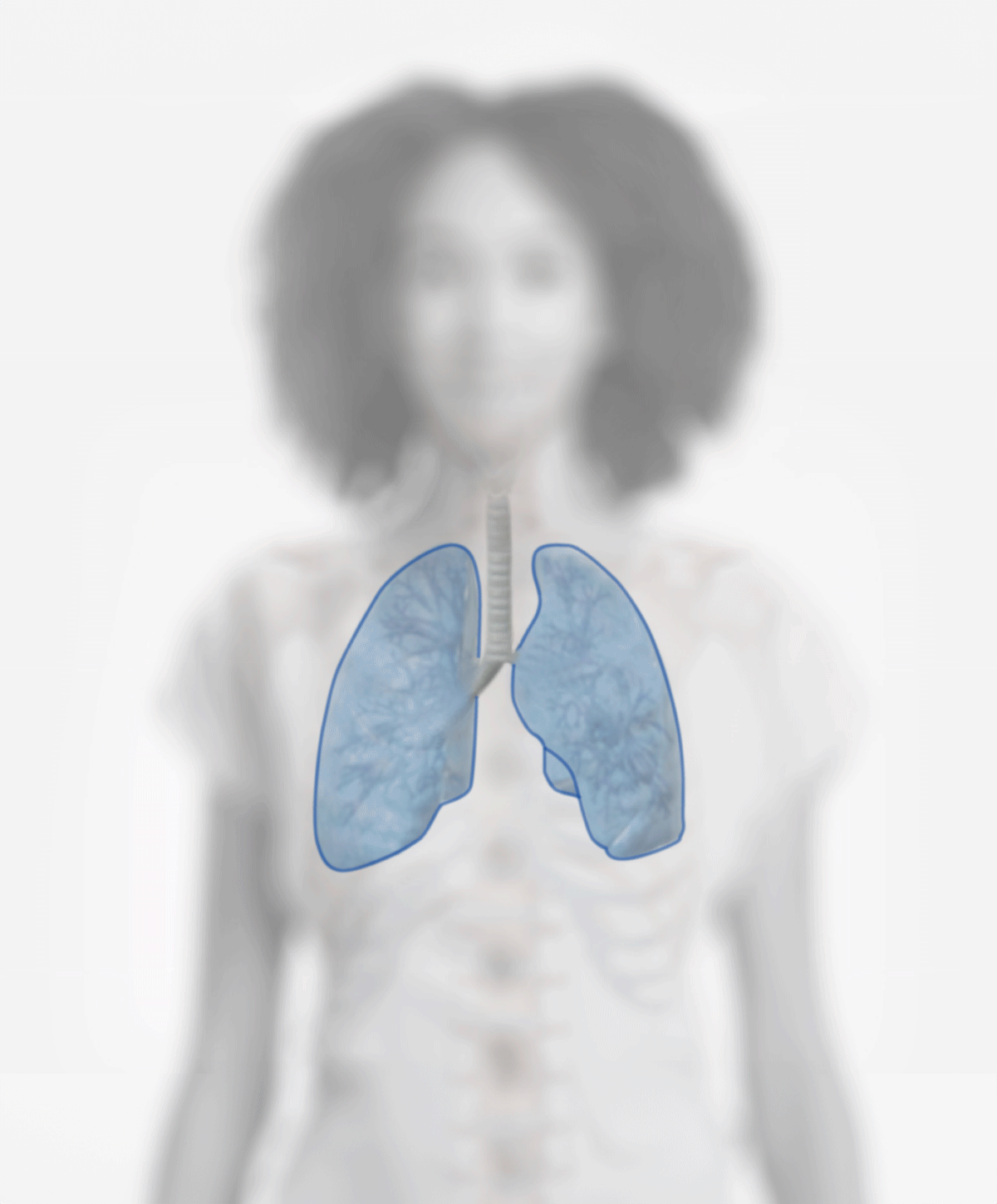
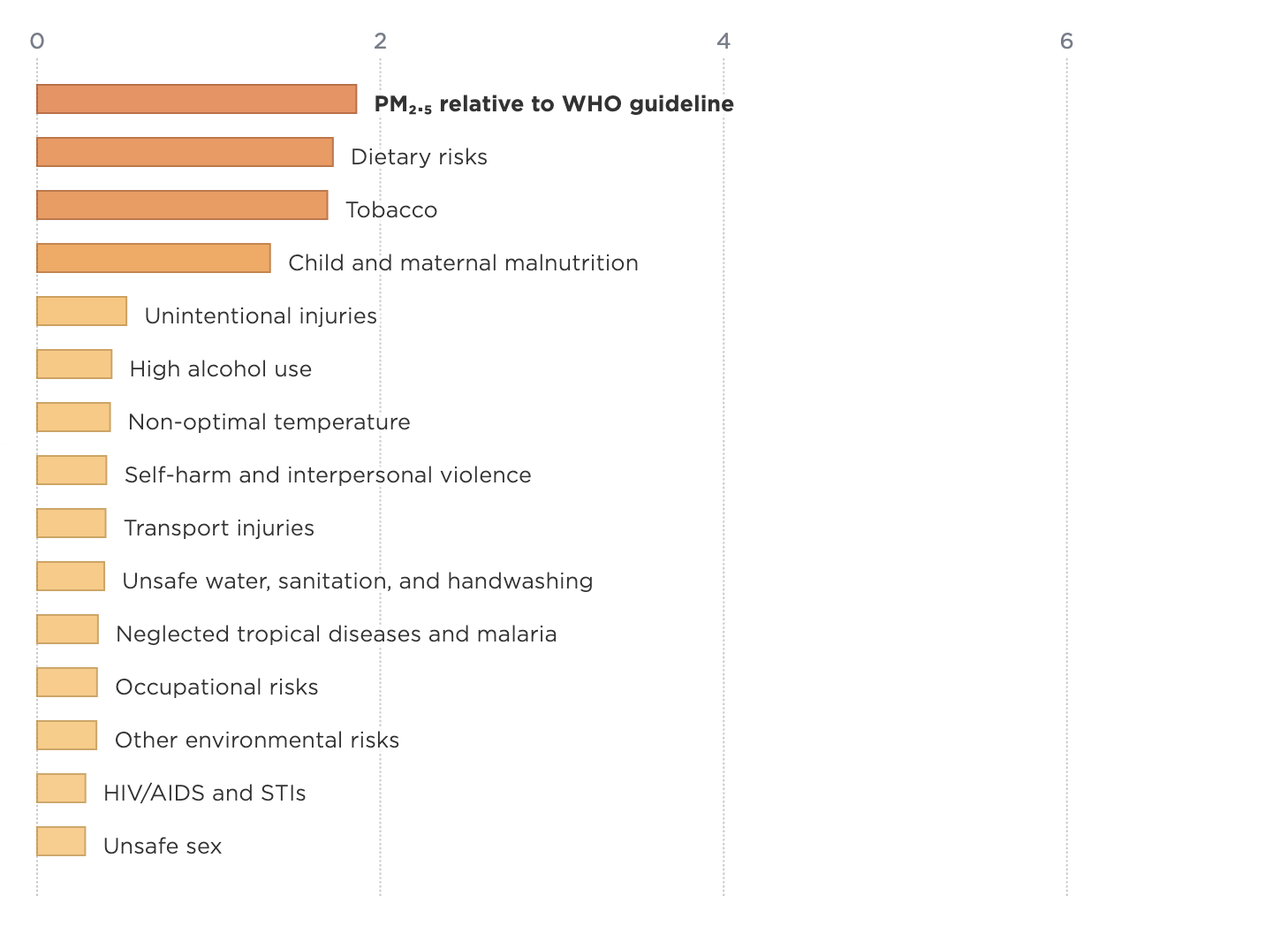

What is particulate matter?
Particulate matter (PM) refers to solid and liquid particles—soot, smoke, dust, and others—that are suspended in the air.
When the air is polluted with PM, these particles enter the respiratory system along with the oxygen that the body needs.
What is particulate matter?
When PM is breathed into the nose or mouth, each particle’s fate depends on its size: the finer the particles, the farther into the body they penetrate. PM⏨, particles with diameters smaller than 10 micrometers (μm), are small enough to pass through the hairs in the nose. More deadly is an even smaller classification: PM₂.₅, or particles with diameter less than 2.5 μm—just 3 percent the diameter of a human hair.
How does it impact human health?
After PM⏨ and PM₂.₅ pass through the nose, they travel down the respiratory tract and into the lungs, where the metal elements on the surface of the particles oxidize lung cells, damaging their DNA and increasing the risk of cancer.[1]
The particles’ interactions with lung cells can also lead to inflammation, irritation, and blocked airflow, increasing the risk of or aggravating lung diseases that make breathing difficult, such as chronic obstructive pulmonary disorder (COPD), cystic lung disease, and bronchiectasis. [2]
How does it impact human health?
In addition to contributing to risk of lung disease, PM₂.₅ particles pass even deeper into the lungs’ alveoli, the blood vessel-covered air sacs in which the bloodstream exchanges oxygen for carbon dioxide. Once PM₂.₅ particles enter the bloodstream via the alveoli, they inflame and constrict blood vessels or dislodge fatty plaque, increasing blood pressure or creating clots. This can block blood flow to the heart and brain, and over time, lead to stroke or heart attack.
How does it impact human health?
In recent years, researchers have even begun to observe that PM pollution is associated with lower cognitive function. They speculate that PM₂.₅ in the bloodstream may cause the brain to age more quickly due to the inflammation. In addition, it may damage the brain’s white matter, which is what allows different regions of the brain to communicate.[3] White matter damage, such as due to the decreased blood flow that PM₂.₅ may cause, has been linked to Alzheimer’s and dementia.[4]
How does it impact human health?
The tiny size of PM₂.₅ particles allows these particles to stay in the air potentially for weeks and to travel hundreds or thousands of kilometers.[5] This increases the likelihood that the particles will end up inhaled by humans before depositing onto the ground.
How does particulate matter stack up against other threats?
The Air Quality Life Index reveals that ambient particulate pollution is consistently one of the world’s greatest risks to human health. As of 2023, particulate pollution is set to reduce global average life expectancy by 1.9 years. That means the impact of particulate pollution on life expectancy is comparable to that of tobacco use, 4 times that of alcohol use and unsafe water sanitation and handwashing, 5 times that of transport injuries, 7 times that of HIV/AIDS.[6]
What accounts for particulate pollution’s enormous overall impact?
The key difference is that residents of polluted areas can do very little to avoid particulate pollution, since everyone breathes the air. In contrast, it is possible to quit smoking and take precautions against diseases. Thus, air pollution affects many more people than any of these other conditions. So, although other risks such as HIV/AIDS, tuberculosis etc. have a larger impact among the affected, they affect far fewer people.
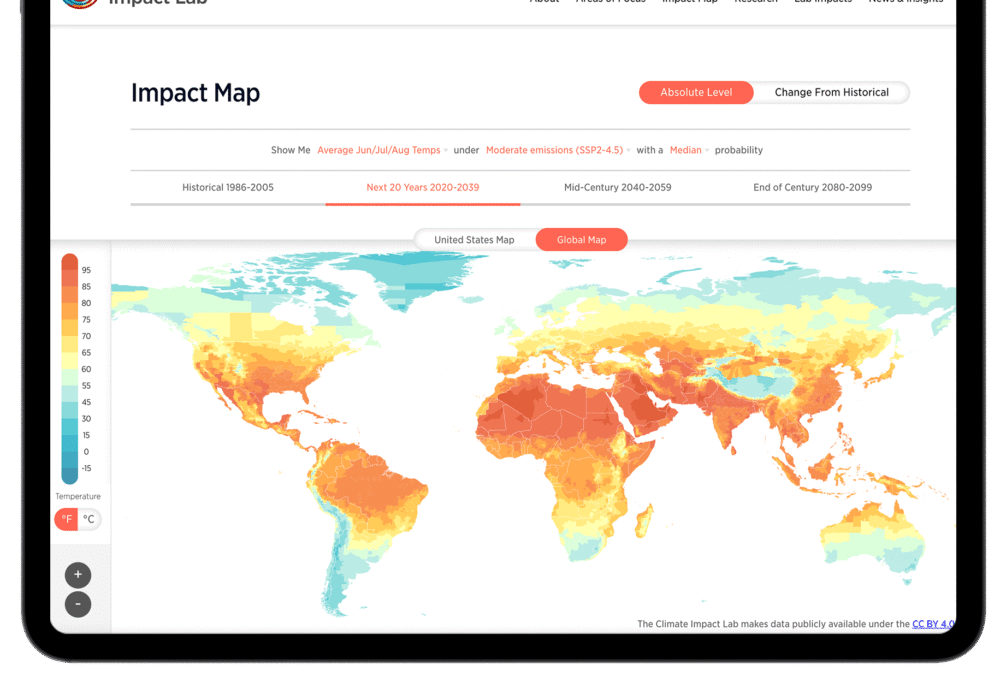
Does particulate pollution have anything to do with climate change?
The combustion of the same fossil fuels that releases life-threatening air pollution also release greenhouse gases contributing to climate change. And, unlike air pollution that is highly localized, climate change doesn’t care where you live. It impacts all countries. Fortunately, mitigating air pollution can also help to confront climate change. The Climate Impact Lab measures the impacts of climate change at global, national and local levels.
Notes and Sources
FOOTNOTES
[1] Xing, et al., 2016
[2] E.g. Ling & van Eeden, 2009
[3] Gibbens, 2018
[4] Iadecola, 2013
[5] Wilson & Suh, 1997
[6] Calculations based on GBD 2019
Notes and Sources
Gibbens, S. (2018). Air pollution robs us of our smarts and our lungs. National Geographic. Retrieved from https://www.nationalgeographic.com/environment/2018/09/news-air-quality-brain-cognitive-function/?user.testname=none
Global Burden of Disease. (2019). Retrieved from https://ghdx.healthdata.org/gbd-2019
Iadecola, C. (2013). The pathobiology of vascular dementia. Neuron, 80(4), 844-66.
Ling, S. H., and van Eeden, S. F. (2009). Particulate matter air pollution exposure: role in the development and exacerbation of chronic obstructive pulmonary disease. International journal of chronic obstructive pulmonary disease, 4, 233-43.
National Research Council. (2010). Global Sources of Local Pollution: An Assessment of Long-Range Transport of Key Air Pollutants to and from the United States. Washington, DC: The National Academies Press.
Philip, S., Martin, R.V., van Donkelaar, A., Lo, J.W., Wang, Y., Chen, D., …, Macdonald, D.J. (2014). Global chemical composition of ambient fine particulate matter for exposure assessment. Environmental Science & Technology, 48(22), 13060-13068.
Wilson, W.E. and Suh, H. H. (1997). Fine particles and coarse particles: Concentration relationships relevant to epidemiological studies. Journal of the Air & Waste Management Association, 47(12), 1238-1249.
Xing, Y. F., Xu, Y. H., Shi, M. H., & Lian, Y. X. (2016). The impact of PM2.5 on the human respiratory system. Journal of thoracic disease, 8(1), E69-74.